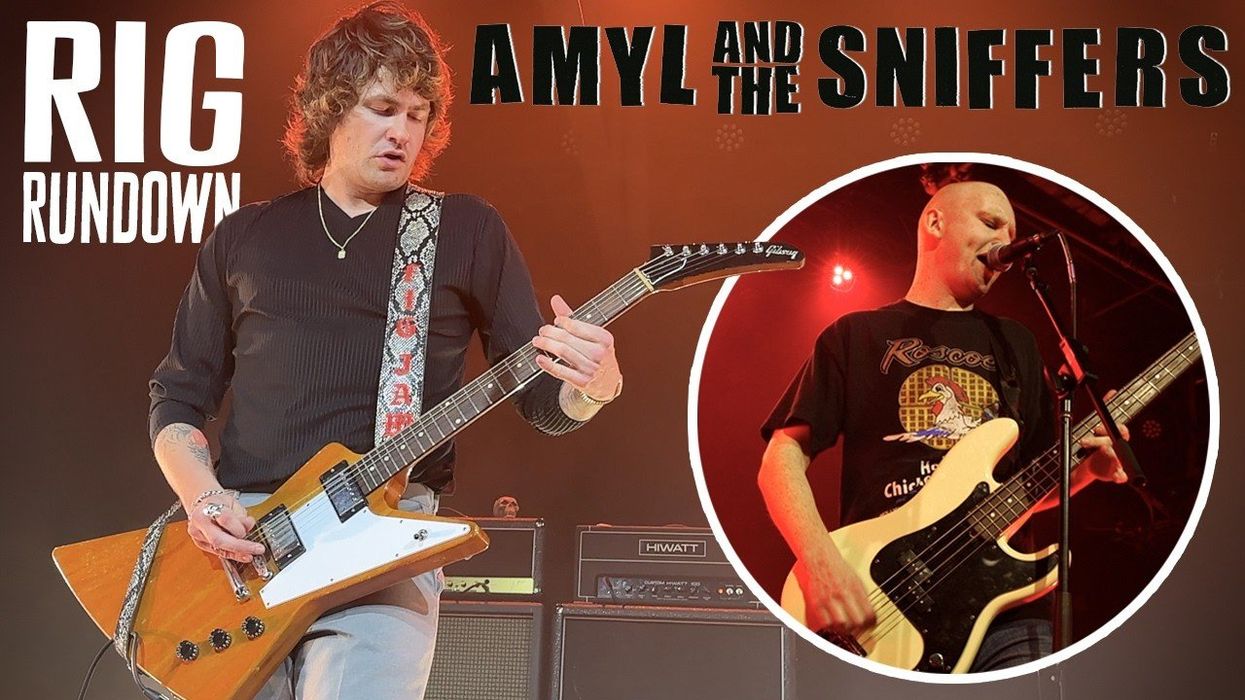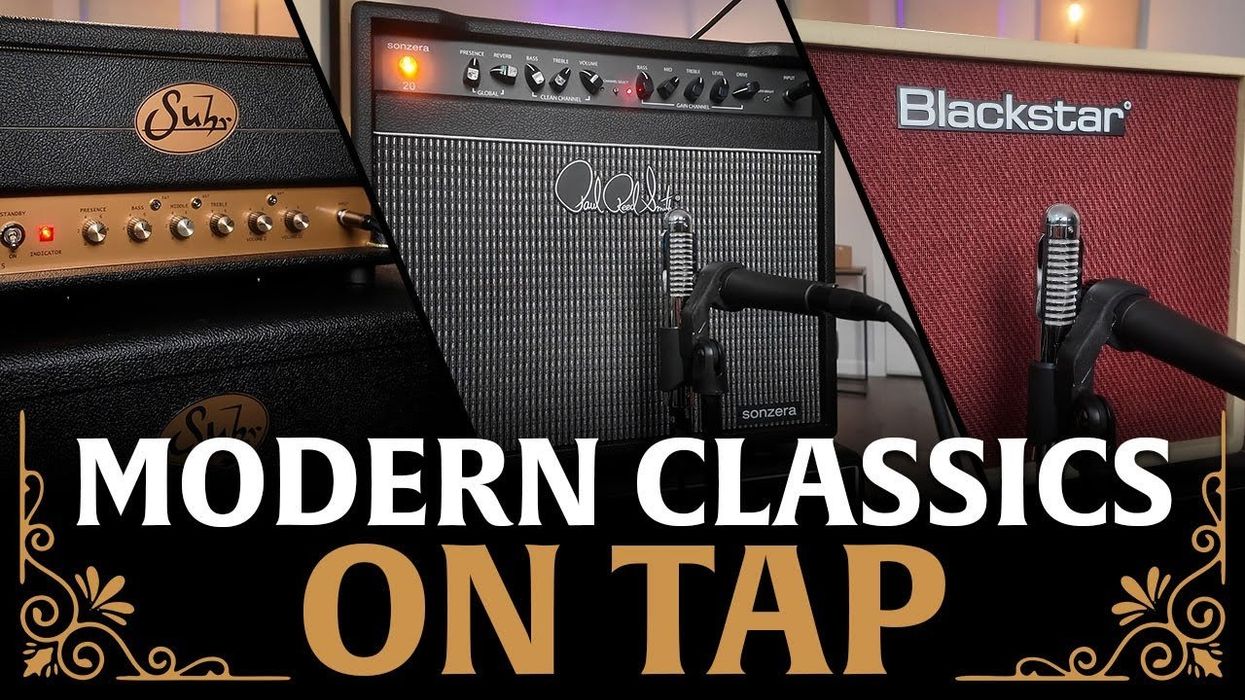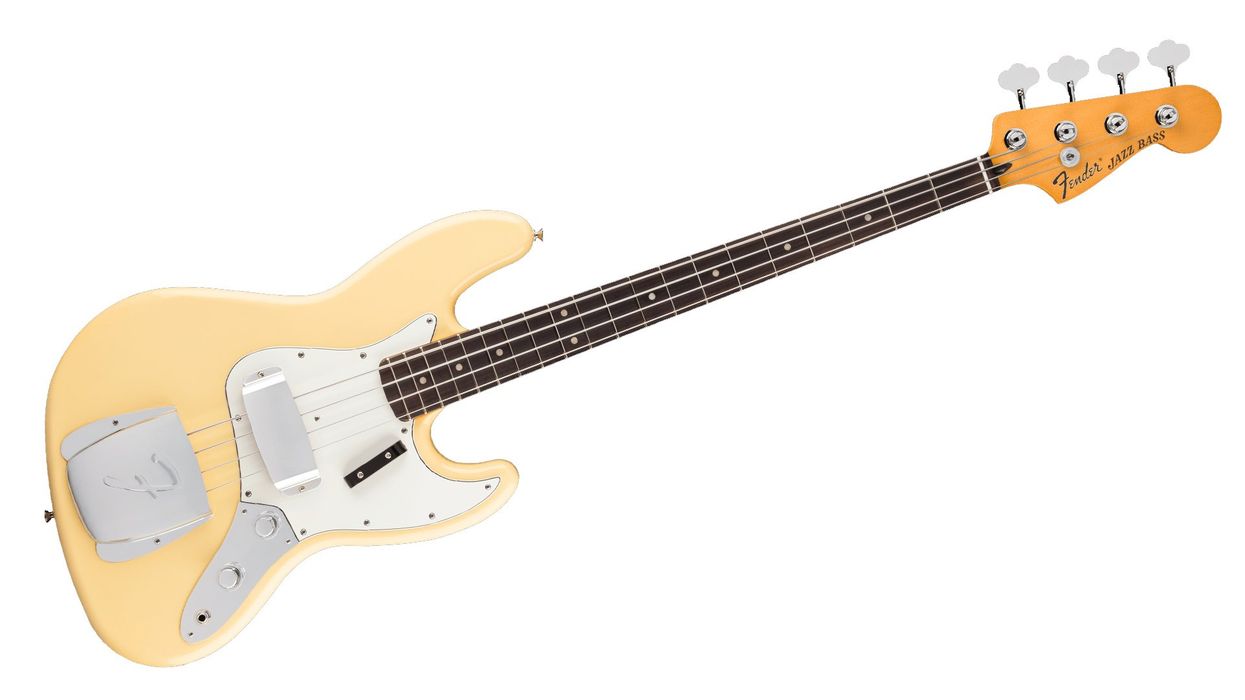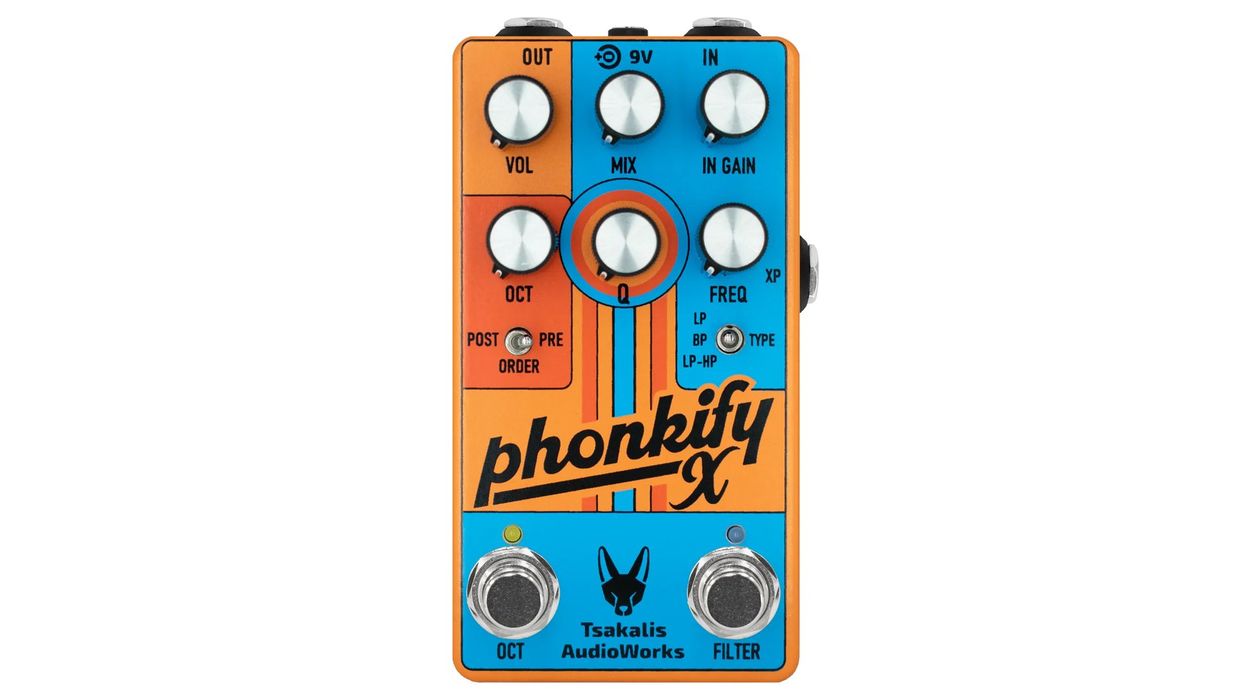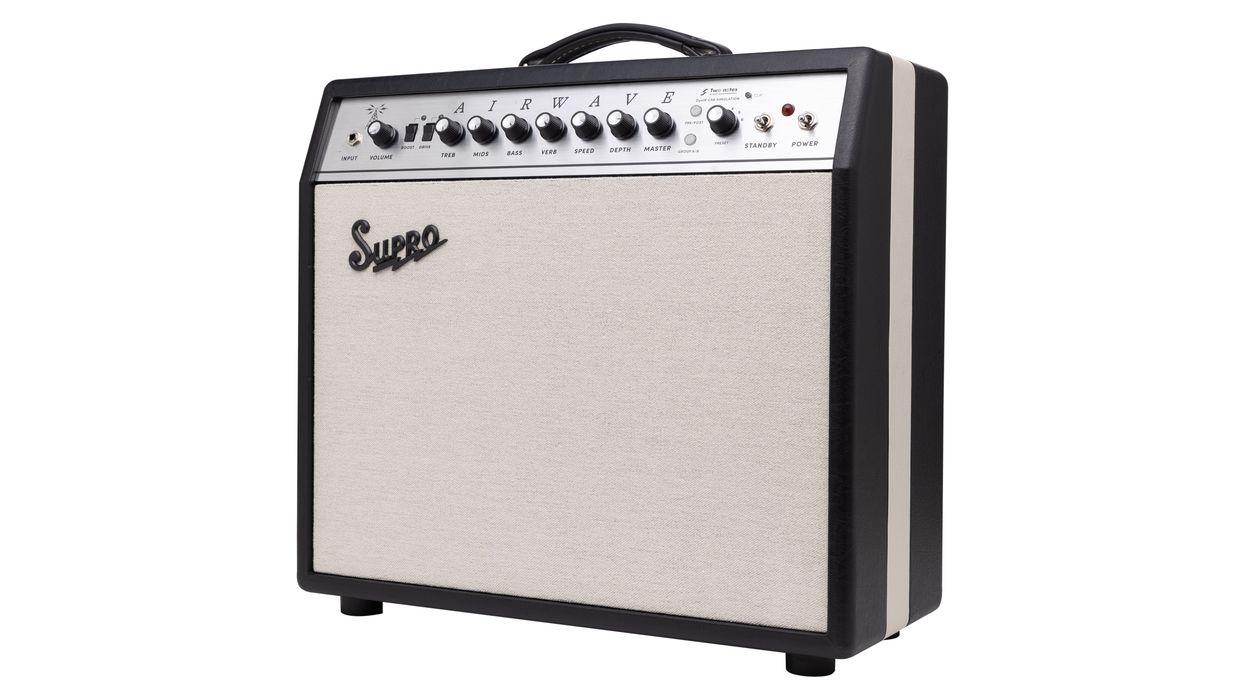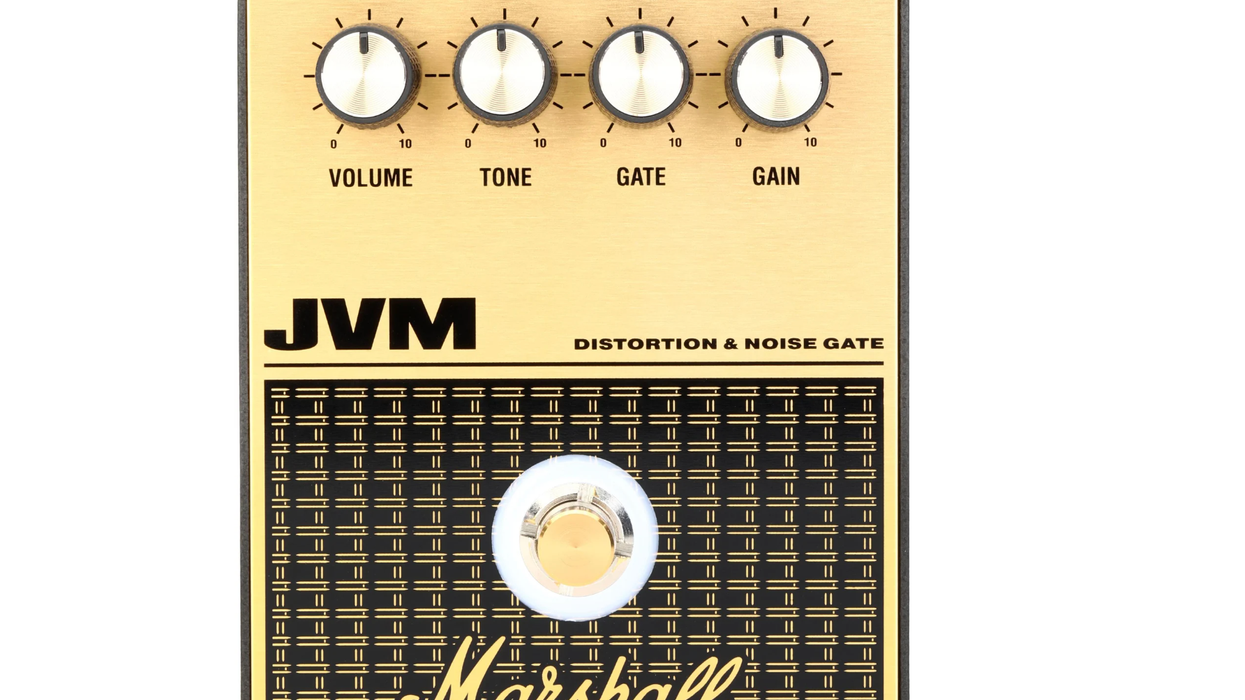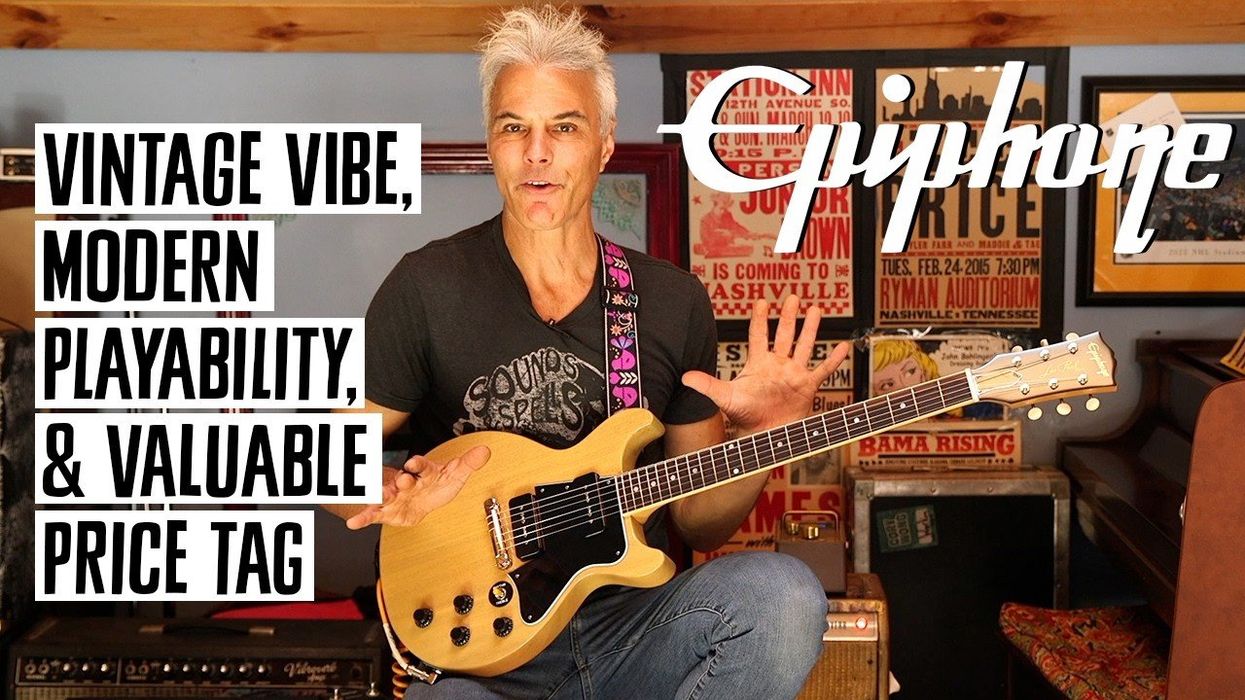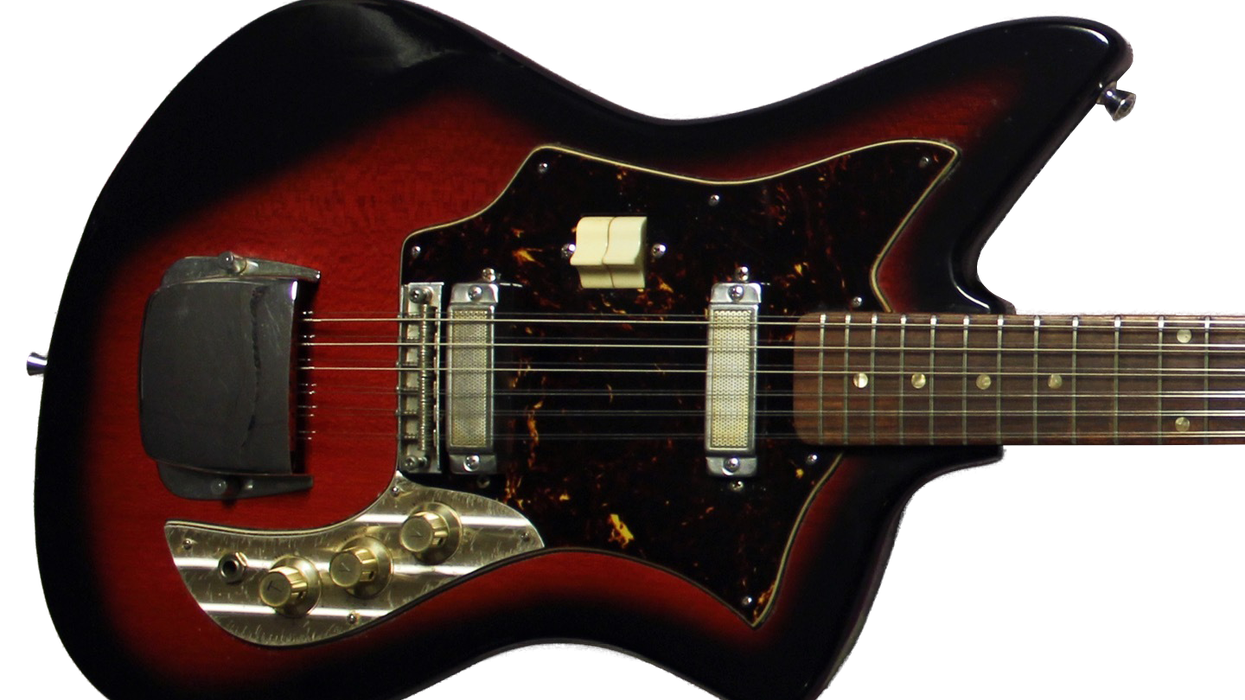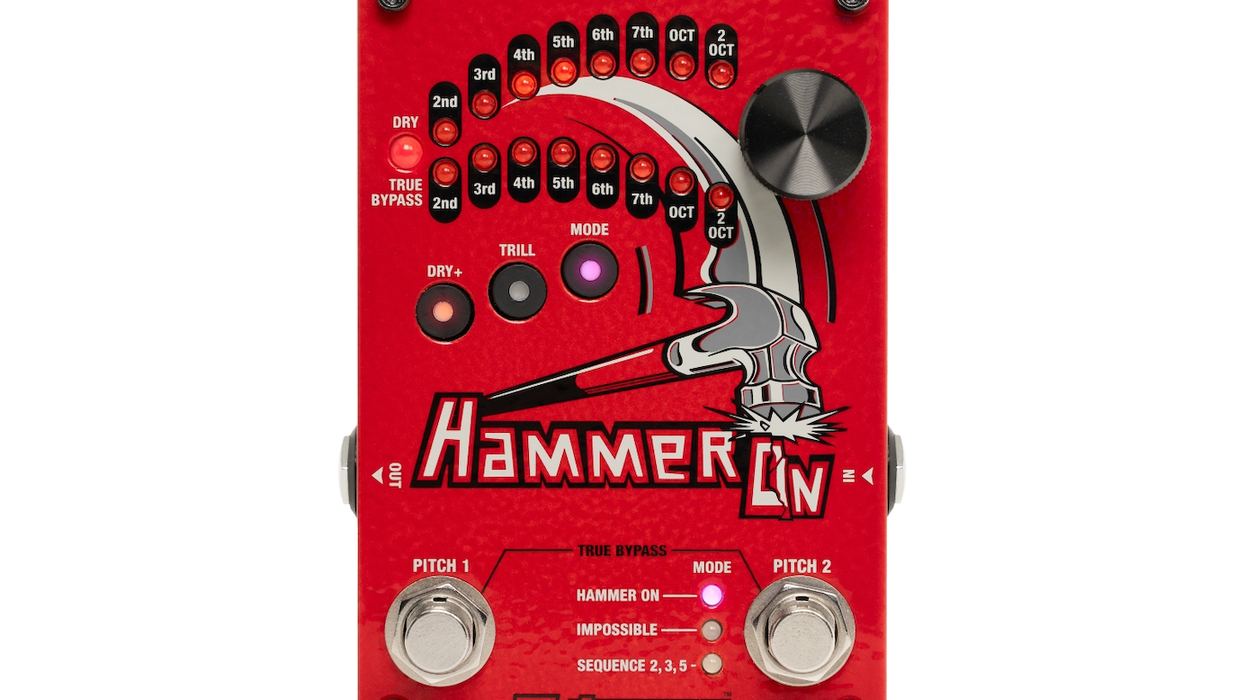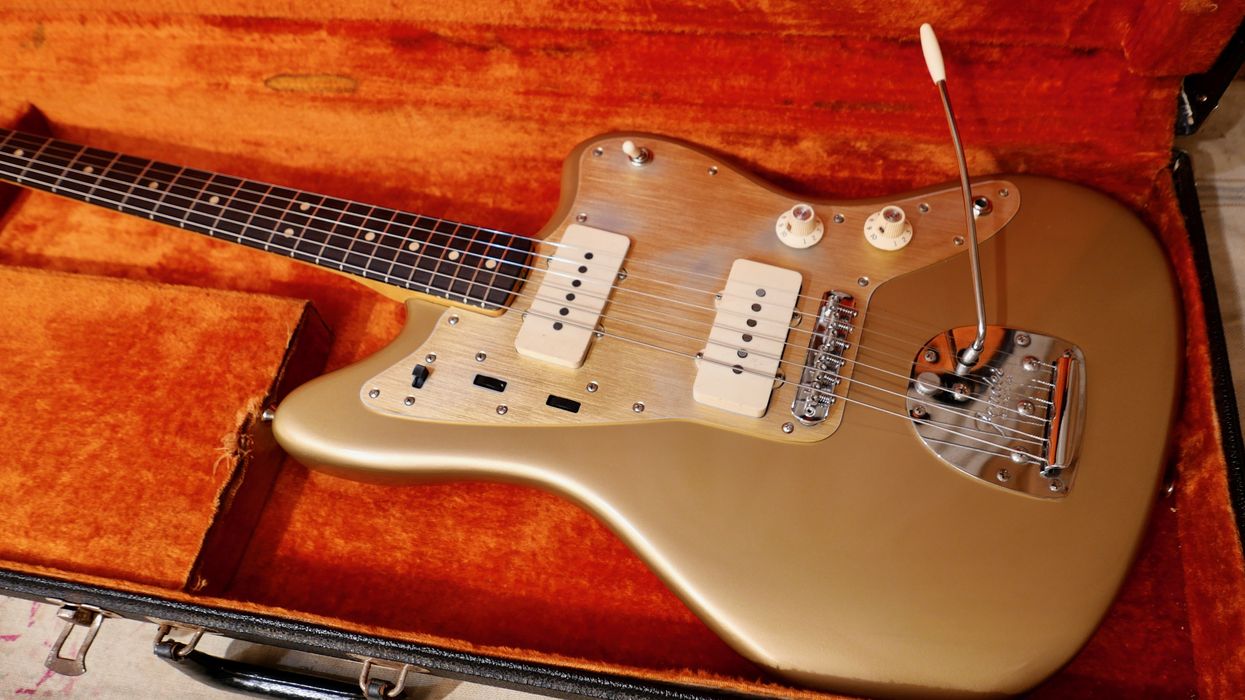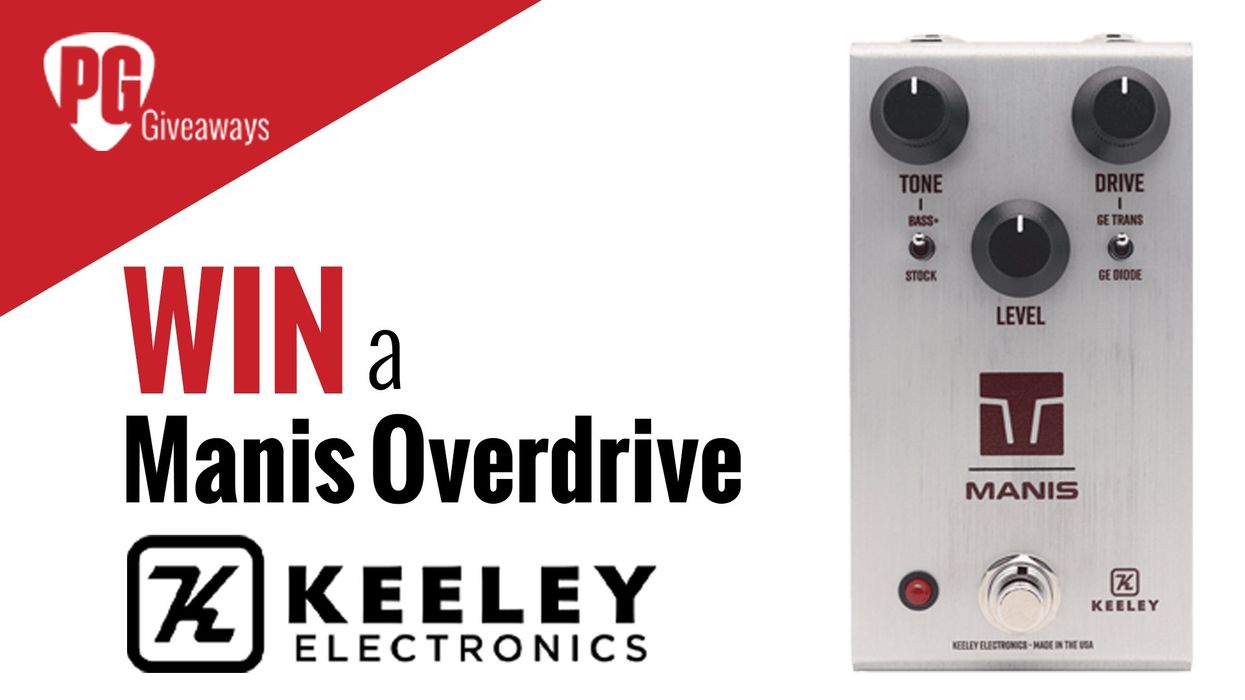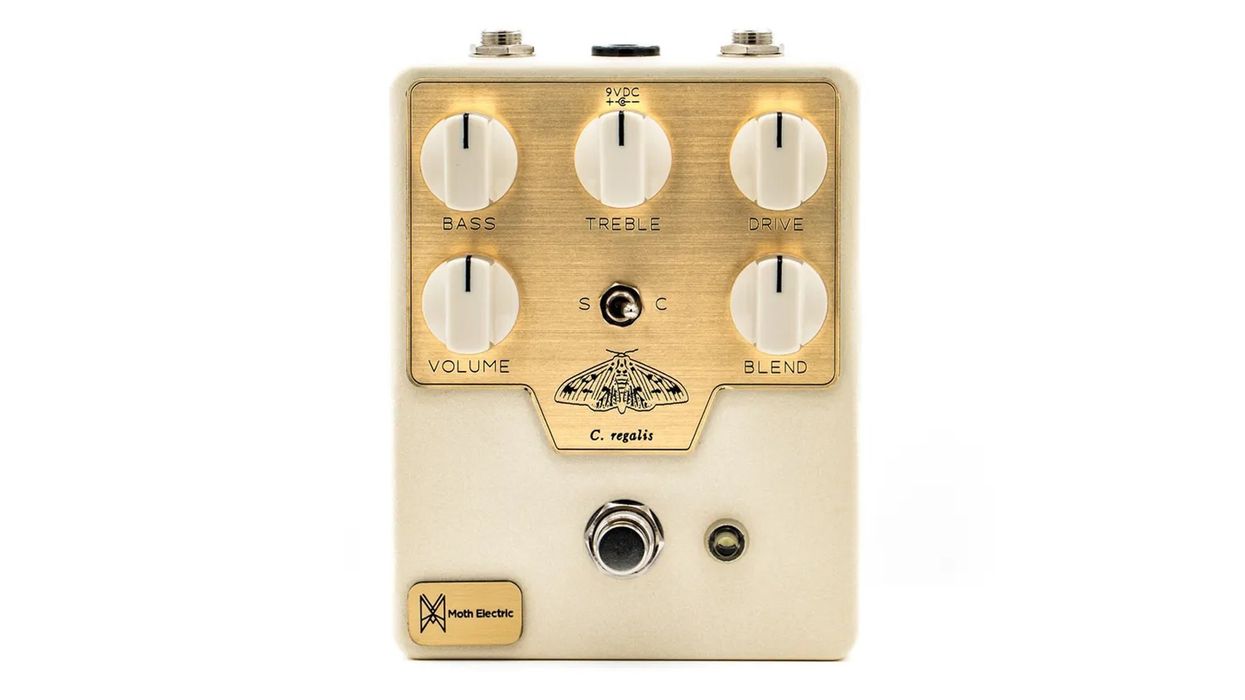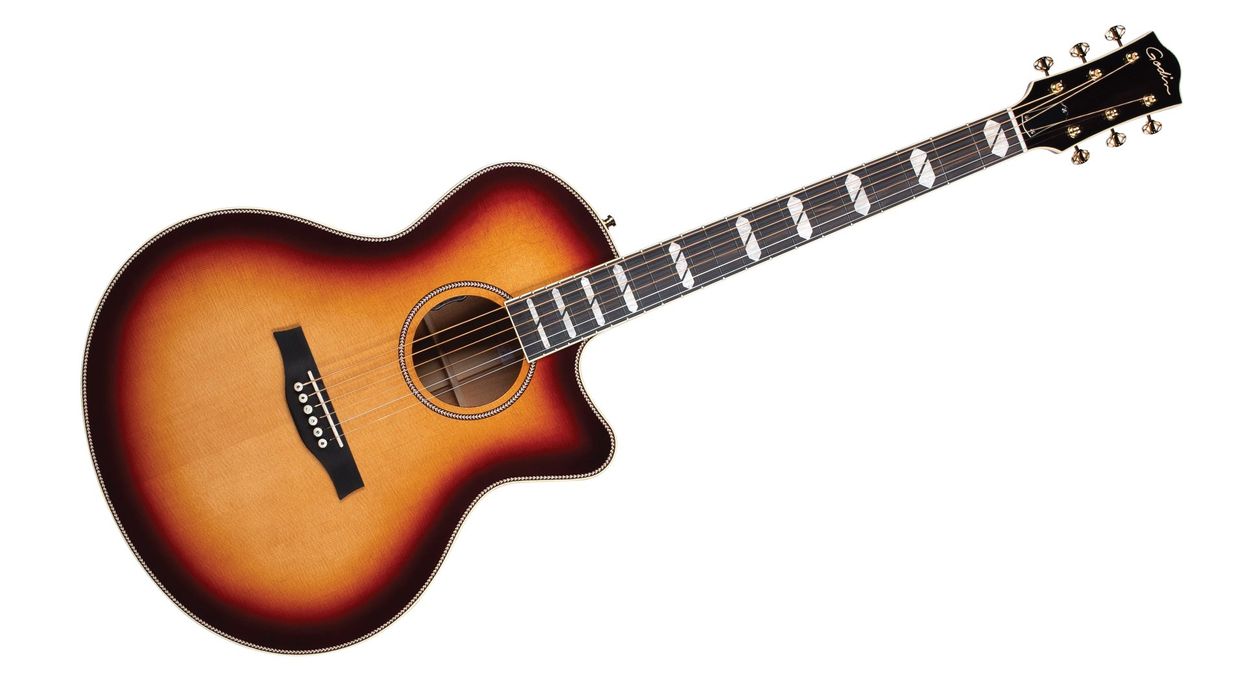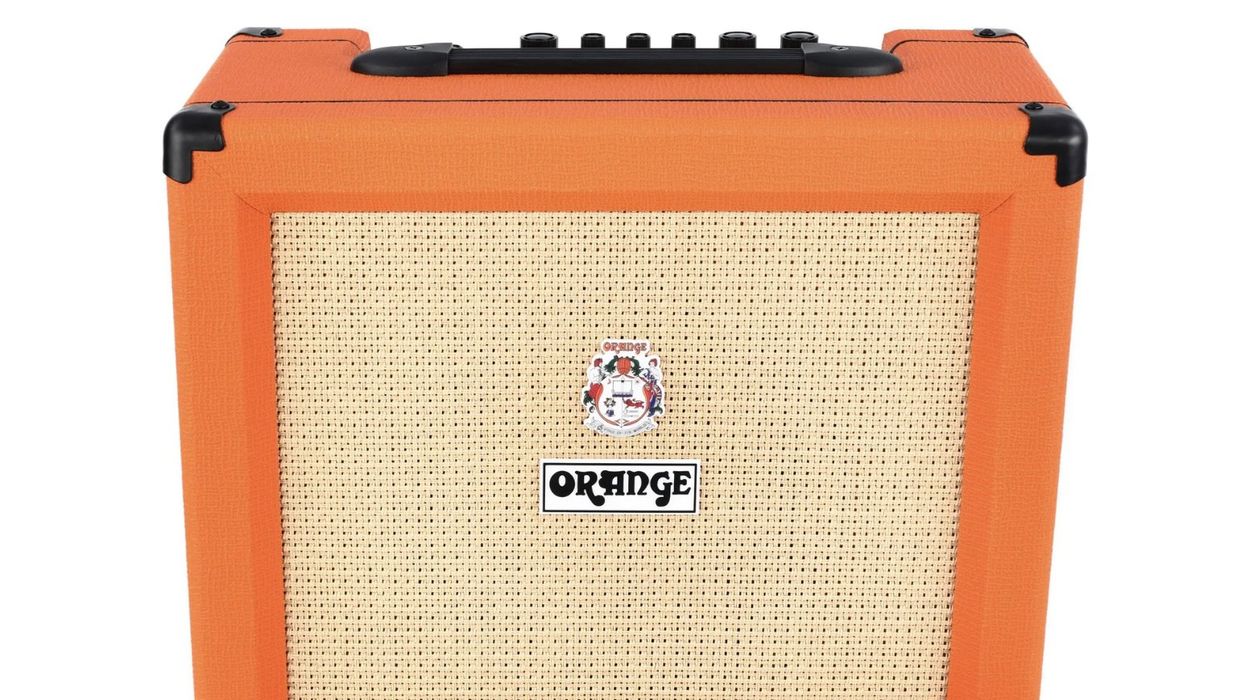Membership in the Cult of Big Muff is an endless source of good times. Archaeologically minded circuit-tracers can explore many versions and mutations. Tone obsessives can argue the merits of fizzier or fatter tone signatures. The Ace Tone FM-3 is one of the less famous branches on the Big Muff evolutionary tree, but one that every true Big Muff devotee should know. It came out around 1971 and it was among the first in a line of often-imaginative Japanese takes on the circuit.
Evil Eye Warg Fuzz - MAIN by premierguitar
Listen to Evil Eye Warg Fuzz - MAIN by premierguitar #np on #SoundCloudEvil Eye’s Warg Fuzz marks another generation in this evolution. It uses the FM-3 as a design foundation and inspiration, and shares many of its tone characteristics. It’s most overtly a buzzier, less bass-hefty take on the V1 “Triangle” Big Muff, which serves as the FM-3 design’s launch pad. But the Warg also adds a midrange boost switch that makes the pedal better suited to mixes and environments where a little extra presence serves the musical setting.
Close Cousins
If you look at schematics for a V1 Big Muff and an Ace Tone FM-3 (minus its largely superfluous “boost” circuit) side by side, you’ll see a near-mirror image. But the small differences are significant. On the Ace Tone and Evil Eye Warg, the volume pot is positioned before the output gain stage rather than after, as it is on a Big Muff. A few filter and feedback capacitor values are smaller than those on the Big Muff, and there are a few extra resistors and an extra capacitor. Those changes aside, the two circuits would be hard to differentiate at a glance. But as we’ll hear, the audible differences are often profound.
Though Evil Eye was careful to replicate the Ace Tone circuit as closely as possible, the company added a second path for reshaping the output in the form of the “scooped and flat” toggle. Big Muffs are generally pretty scooped in the midrange, which is one of the breed’s distinguishing qualities, no matter the version. But that doesn’t keep newer manufacturers, like EarthQuaker and Stomp Under Foot, to name a few, from building Big Muff clones that add a midrange boost. Here, a variable boost knob is replaced by the flat-switch setting, which still offers ample tone reshaping utility.
“In a band mix, there’s more contrast with a burly bass.”
Build quality on the Philadelphia-made Warg is very nice. The circuit board is tidy, arranged along four rows of components that make the circuit relatively easy to trace. Input and output jacks as well as the footswitch are mounted to the chassis rather than the circuit board. The footswitch is a soft-relay unit. The pedal also looks bitchin’ (though the namesake wolf beast on the enclosure looks a little slender for a mythical, massive Warg). Given the careful, high-quality execution, the $149 street price is an especially good value.
Less Woof in This Wolf
Situating the Warg alongside any Big Muff makes the sonic family resemblance very clear. For comparison, I used a Sovtek Big Muff as well as really nice Ram’s Head and Triangle Big Muff clones. And while the Triangle is very clearly the closest cousin, in an audible sense, in the mid-scooped setting, the Warg shares a powerful, thick, high-gain profile and feel with all three Big Muff types. Where it’s most pronouncedly different is in its relatively light bottom end. For Big Muff hounds that savor the unique, bassy Big Muff ballast, the difference will probably sound pretty stark. But there’s lots of upside to the Warg’s less fat and sprawling profile. In a band mix, there’s more contrast with a burly bass. It will inhabit a much more individual space in a mix, too, which can open up mixing and arrangement options once you’ve laid down your tracks. And for this Big Muff fan, the less-bass-forward profile meant I could coax thick, grindy tones that were a touch more evocative of mid-to-late-’60s fuzz tonalities and felt less shackled to fat stoner-rock templates or late-Gilmour butter-sustain cliches without sacrificing a Big Muff’s sense of wide-spectrum chord aggression.
In the flat frequency mode, I found that the closest sonic likeness to the Warg was an EarthQuaker Hoof with an enhanced mids setting. The EQD probably offered more range on the traditional, bassy side of the Big Muff spectrum. But almost none of the pedals I tested against the Warg could match the Evil Eye’s high-mid clarity in chording situations and melodic leads.
The Verdict
Ascertaining how the very apparent, but sometimes subtle, differences between Big Muff types and the Evil Eye Warg fit your tone ideals and musical needs will probably take a shootout of your own. But if, like me, you’re a Big Muff user that sometimes wearies of that pedal’s smooth, fat, bluster, Evil Eye’s alternative is attractive and intriguing. It’s a great study in how different the basic Big Muff architecture can sound. And at just less than $150, you don’t have to feel too scared about taking a chance on this very interesting fuzz


